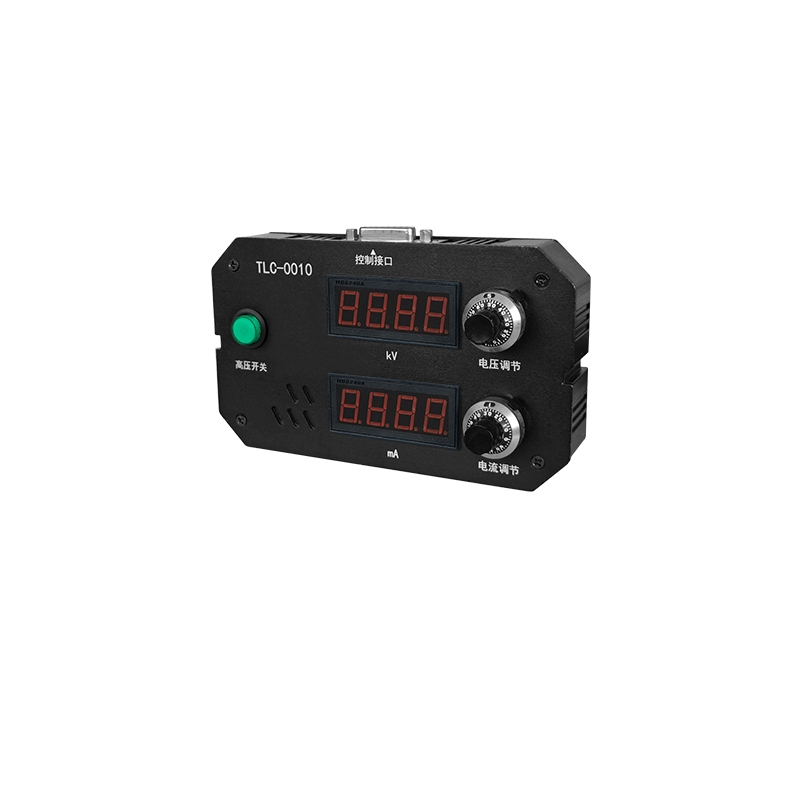Application and Effectiveness Evaluation of X-ray Power Supply Technology in Nondestructive Testing and Material Analysis
With the rapid development of science and technology, X-ray power supply technology, as an important part of modern technology, is playing an increasingly significant role in the fields of nondestructive testing (NDT) and material analysis. This article will delve into the principles, characteristics, and specific applications of X-ray power supply technology in NDT and material analysis, as well as its effectiveness evaluation from a professional perspective.
I. Principles and Characteristics of X-ray Power Supply Technology
X-ray power supply technology is based on the principle of generating X-rays from an X-ray tube. By providing the necessary voltage and current to the X-ray tube through a high-voltage power supply, X-rays are excited. X-rays have strong penetrability and high energy, which allows them to easily penetrate matter and be absorbed to varying degrees by different materials. Therefore, they are widely used in NDT and material analysis.
The main characteristics of X-ray power supply technology include:
1. High voltage output: X-ray power supplies can usually provide several thousand to tens of thousands of volts of high-voltage output to meet the energy requirements for generating different X-rays.
2. Good stability: The stability of the power supply is crucial for the quality of X-rays and test results. Advanced X-ray power supply technology has excellent stability and can ensure stable output during long-term operation.
3. Strong adjustability: Users can adjust the output parameters of the power supply according to different testing needs, such as voltage, current, and waveform, to obtain the best X-ray effect.
II. Application of X-ray Power Supply Technology in Nondestructive Testing
1. Internal defect detection of metal components: Using X-rays to transilluminate metal components can clearly display the location, size, and shape of internal defects, providing strong support for product quality control.
2. Failure analysis of electronic components: X-ray power supply technology combined with other analytical methods, such as scanning electron microscopes and energy spectrometers, can perform non-destructive analysis of the internal structure of electronic components and identify the causes of failure.
3. Cultural heritage protection: In the process of protection and restoration of cultural relics, artworks, and other cultural heritages, X-ray power supply technology can be used for non-destructive testing to understand their internal structure and preservation status.
III. Application of X-ray Power Supply Technology in Material Analysis
1. Elemental composition analysis: Through techniques such as X-ray fluorescence spectroscopy (XRF), X-ray power supply technology can be used for elemental composition analysis of materials, accurately determining the content of each element.
2. Crystal structure analysis: X-ray diffraction technology (XRD) utilizes the diffraction phenomenon of X-rays in crystals to analyze the crystal structure of materials, providing important information for material research and development.
3. Thin film thickness measurement: X-ray reflectometry (XRR) is a non-contact thin film thickness measurement method suitable for measuring the thickness and quality control of various thin film materials.
IV. Effectiveness Evaluation
Applying X-ray power supply technology in NDT and material analysis can achieve the following effects:
1. Improving detection accuracy and efficiency: X-ray power supply technology can provide a stable, high-quality X-ray source, significantly improving the accuracy and efficiency of detection.
2. Realizing non-contact detection: X-ray detection is a non-contact detection method that does not cause any damage or contamination to the object being tested.
4.Good data reliability and repeatability: Due to the stability and adjustability of X-ray power supply technology, the obtained data has high reliability and repeatability, which is conducive to accurate analysis and judgment.




















